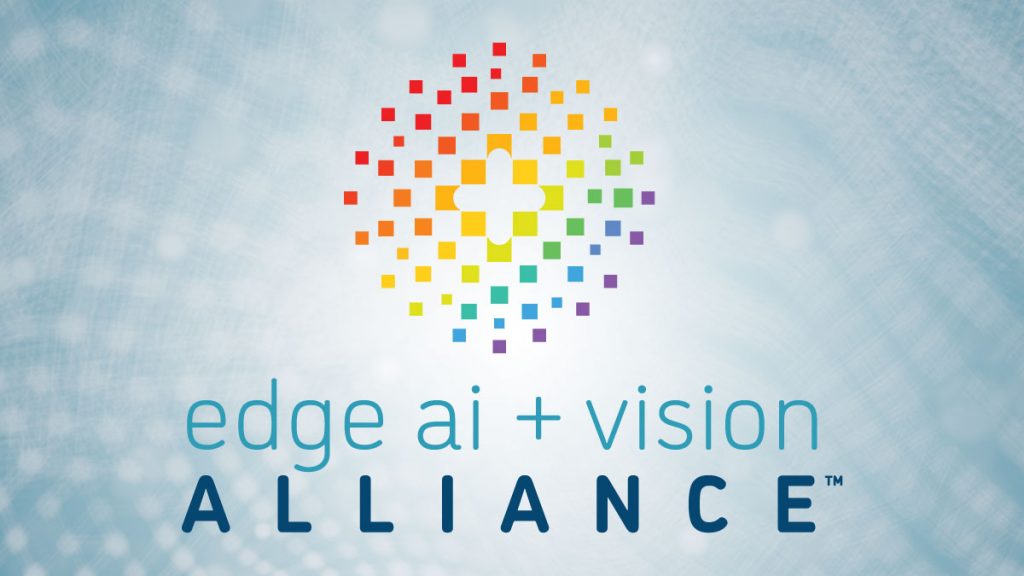LANGUAGE MODEL OPTIMIZATIONS FOR EDGE PROCESSORS |
|
Bridging the Gap: Streamlining the Process of Deploying AI onto Processors Large language models often demand hand-coded conversion scripts for deployment on each distinct processor-specific software stack—a process that’s time-consuming and prone to error. In this highly rated 2025 Embedded Vision Summit presentation, Taesu Kim, Chief Technology Officer at SqueezeBits, introduces a model-agnostic approach designed to streamline LLM deployment, especially for NVIDIA GPUs. Kim demonstrates how his company’s automated approach cuts through the complexity of constantly evolving software stacks, enabling faster, more reliable LLM adoption. You’ll gain practical insights into a future-proof strategy that boosts coverage for new and upcoming LLM architectures while reducing manual coding effort. |
|
Evolving Inference Processor Software Stacks to Support LLMs As large language models and vision-language models (VLMs) have quickly become important for edge applications from smartphones to automobiles, chipmakers and IP providers have struggled with how to adapt processor software stacks. In this highly rated 2025 Embedded Vision Summit talk, Ramteja Tadishetti, Principal Software Engineer at Expedera, examines how edge processor software stacks have evolved from their focus on CNNs to today’s support of a rapidly expanding range of diverse networks, including LLMs and VLMs. Tadishetti examines the difficulties that LLMs and VLMs present to a processor software stack and the challenges posed by the rapid introduction of new models with novel features, and he explains the methods Expedera has implemented to mitigate these challenges. He also discusses potential future software evolutions that will further streamline the implementation of new models. |
MERGING PROCESSORS AND SENSORS; INTEGRATING DEPTH AND RGB IMAGES |
|
From Enterprise to Makers: Driving Vision AI Innovation at the Extreme Edge Sony’s unique integrated sensor-processor combo is enabling ultra-efficient intelligence directly at the image source, transforming vision AI for enterprises and developers alike. In this highly rated 2025 Embedded Vision Summit presentation, Amir Servi, Edge Deep Learning Product Manager at Sony Semiconductor Solutions, showcases how the AITRIOS platform simplifies vision AI for enterprises with tools for large-scale deployments and model management. Servi also highlights his company’s collaboration with Ultralytics and Raspberry Pi, which brings YOLO models to the developer community, empowering grassroots innovation. Whether you’re scaling vision AI for industry or experimenting with cutting-edge tools, this presentation will demonstrate how Sony is delivering high-performance, energy-efficient vision AI for all. |
|
Efficiently Registering Depth and RGB Images As depth sensing and computer vision technologies evolve, integrating RGB and depth cameras has become crucial for reliable and precise scene perception. In this 2025 Embedded Vision Summit talk, Naitik Nakrani, Solution Architect Manager at eInfochips, presents an approach for aligning images from an RGB camera with depth maps from a time-of-flight (ToF) depth camera. eInfochips uses stereo calibration to estimate the geometric transformation between the RGB camera and the ToF camera in order to enable accurate alignment of the depth and RGB images, producing RGB-D (RGB plus depth) points for each pixel. Nakrani shares results from his company’s experiments using this technique and highlights lessons learned. |
FEATURED NEWS |
|
STMicroelectronics Introduces an Advanced Human Presence Detection Solution to Enhance the User Experience AMD Unveils Its Vision for an Open AI Ecosystem, Detailing New Silicon, Software and Systems VeriSilicon’s Ultra-low Energy NPU Provides Over 40 TOPS for On-device LLM Inference in Mobile Applications An Upcoming Webinar from eInfochips Explores SLAM Optimization for Autonomous Robots Imagination Technologies Announces E-series: A New Era of On-device AI and Graphics |
EDGE AI AND VISION PRODUCT OF THE YEAR WINNER SHOWCASE |
|
ENERZAi Optimium (Best Edge AI Development Platform) ENERZAi’s Optimium is the 2025 Edge AI and Vision Product of the Year Award Winner in the Edge AI Development Platform category. Optimium is a software development platform designed to overcome the functional limitations of existing engines and facilitate the convenient deployment of edge AI models with optimal performance. It enhances the inference speed of AI models on target hardware without sacrificing accuracy and simplifies deployment across various hardware using a single tool. Utilizing our proprietary optimization techniques, Optimium has shown superior performance compared to existing engines. AI models deployed with Optimium achieved significantly faster inference speeds than those deployed with traditional engines on various hardware platforms, including Arm, Intel and AMD. In fact, it is the fastest inference engine for deploying computer vision models on CPUs. By performing hardware-aware inference optimization tailored to each device, Optimium is the ideal solution for implementing high-performing and power-efficient edge AI applications on resource-constrained edge devices. Optimium aims to accelerate AI model inference on target hardware while maintaining accuracy and enabling seamless deployment across different hardware platforms with a single tool. To achieve high performance and flexibility, we developed Nadya, our proprietary metaprogramming language. Nadya plays a crucial role in model tuning, which involves finding the optimal parameter combinations for each layer of an AI model. Specifically, it generates code based on various parameter combinations through metaprogramming and compiles the code for optimized execution on the target hardware. Unlike programming languages commonly used for high-performance computing, such as C, C++, and Rust, which require manual coding tailored to the target hardware, Nadya allows programmers to automatically generate compatible code for various types of hardware from a single implementation. This metaprogramming feature enables convenient deployment across diverse hardware platforms with one tool. In contrast, existing inference engines often require different tools for each target hardware, which complicates and slows down AI model deployment. With Optimium, the time and costs associated with AI model deployment can be significantly reduced. Please see here for more information on ENERZAi’s Optimium. The Edge AI and Vision Product of the Year Awards celebrate the innovation of the industry’s leading companies that are developing and enabling the next generation of edge AI and computer vision products. Winning a Product of the Year award recognizes a company’s leadership in edge AI and computer vision as evaluated by independent industry experts. |


.jpg?upscale=true&width=1120&upscale=true&name=unnamed%20(49).jpg)
.jpg?upscale=true&width=1120&upscale=true&name=unnamed%20(48).jpg)
.jpg?upscale=true&width=1120&upscale=true&name=unnamed%20(47).jpg)
.jpg?upscale=true&width=1120&upscale=true&name=unnamed%20(46).jpg)
.jpg?upscale=true&width=1120&upscale=true&name=unnamed%20(45).jpg)
